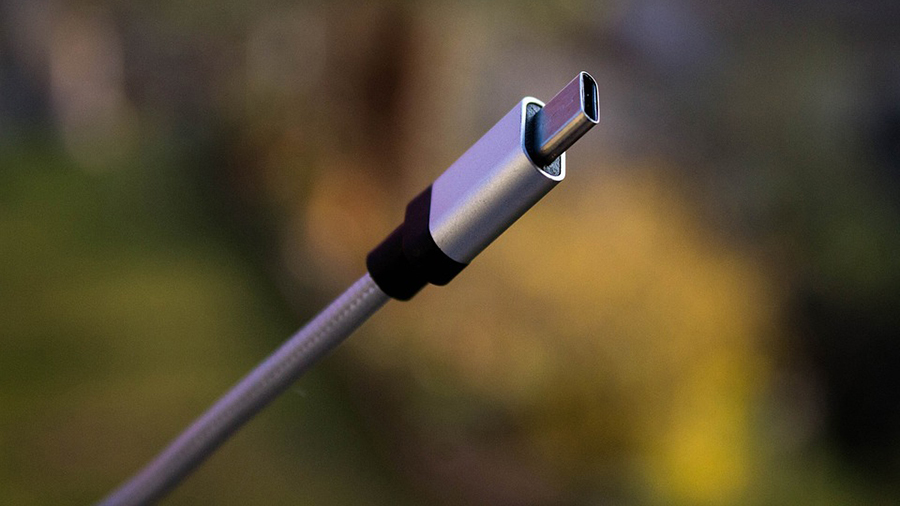

The introduction of USB-C with the 2015 MacBook may have come as something as a surprise but now the connector standard can be found everywhere from Pixel phones to the latest MacBook Pros - so what about all the non-USB-C stuff you already own?
If you're struggling to work out how to fit any of your devices into one of the ports made to the up-and-coming USB-C standard, then we're here to give you some help: from displays to mobiles, all you need is the right peripheral to slot everything together successfully.
Connecting phones to USB-C
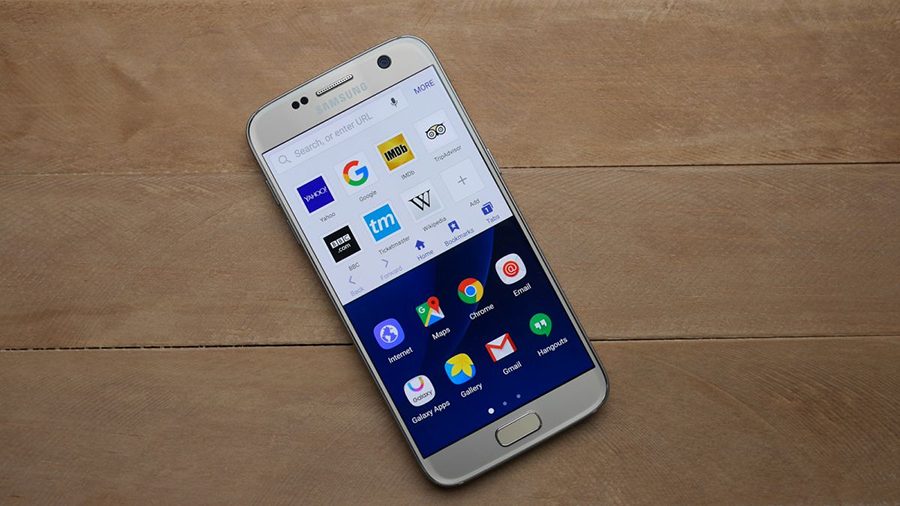
While a lot of phones have adopted the USB-C standard and will be able to plug straight into a USB-C port on a laptop or a power plug, many still don't - including the latest iPhones launched by Apple, which come with Lightning to USB-A cables in the box.
You simply need an extra cable, or at a pinch a dongle, to get everything working. Apple itself sells a Lightning-to-USB-C cable, which will do the job, or for something even cheaper you can get a USB-A-to-USB-C adapter.
It's a similar story with a phone like the Samsung Galaxy S7, which uses the well-known microUSB port on the handset and the standard USB-A plug on the other end of the supplied cable. Belkin sells a microUSB-to-USB-C cable, which is one option, or again you can just pick up an adapter.
Connecting displays to USB-C
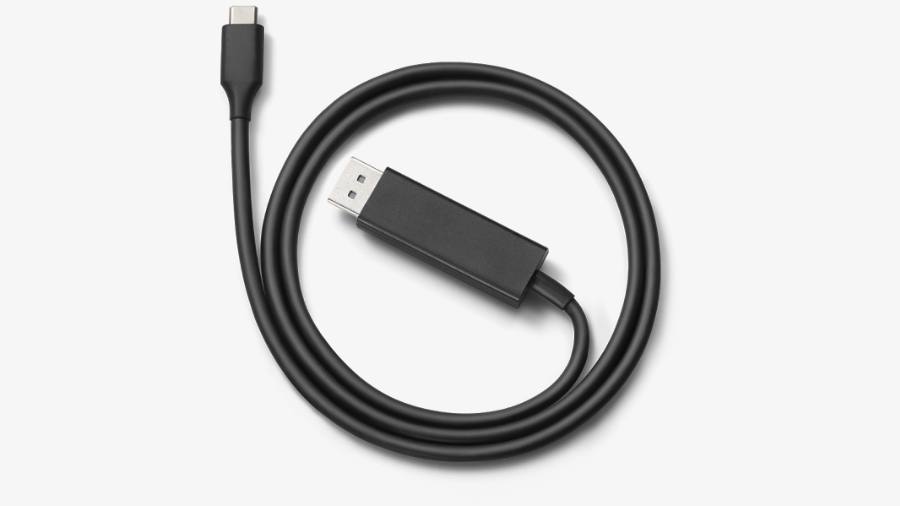
One of the benefits of USB-C is that it can power displays as well as handling data or charging, but it does mean you might have problems getting older screens hooked up.
A suitable adapter will bridge the divide between old and new tech - this HDMI-to-USB-C dongle from Cable Matters is a little on the chunky side but will connect a USB-C phone or laptop to any display with a HDMI input (which is pretty much all of them). You need an HDMI cable to complete the link of course.
Sign up to the T3 newsletter for smarter living straight to your inbox
Get all the latest news, reviews, deals and buying guides on gorgeous tech, home and active products from the T3 experts
Apple has an unwieldy HDMI-to-USB-C dongle of its own available too.
If you have a monitor or projector that doesn't use HDMI then you need to find the right adapter to fit. Google sells a DisplayPort-to-USB-C cable, for example, while Apple has a VGA-to-USB-C dongle on sale if you're still using older display technology.
Connecting drives and chargers to USB-C
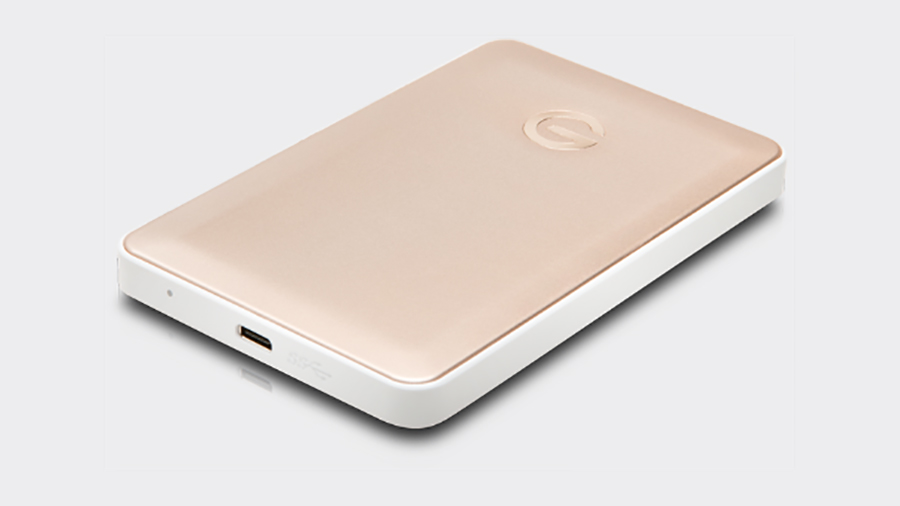
We're now seeing plenty of newer hard drives appear with the USB-C standard built in, so going forward you shouldn't have to much difficulty getting external drives hooked up.
As for your older bits of kit, a standard USB-A-to-USB-C cable or adapter should be enough to keep the data flowing to and from your new laptop.
It's the same with any USB-A power adapters you might have lying around - your USB-C-to-USB-C cable won't work with them, but you can easily pick up a USB-C-to-USB-A dongle to fix it.
Just make sure you double-check the power requirements on any kit you buy - USB-C and the USB 3.1 standard can carry more power than their predecessors, but if in doubt consult the manufacturer of the hardware you're using, or check out user reviews on the web.
Connecting other devices to USB-C
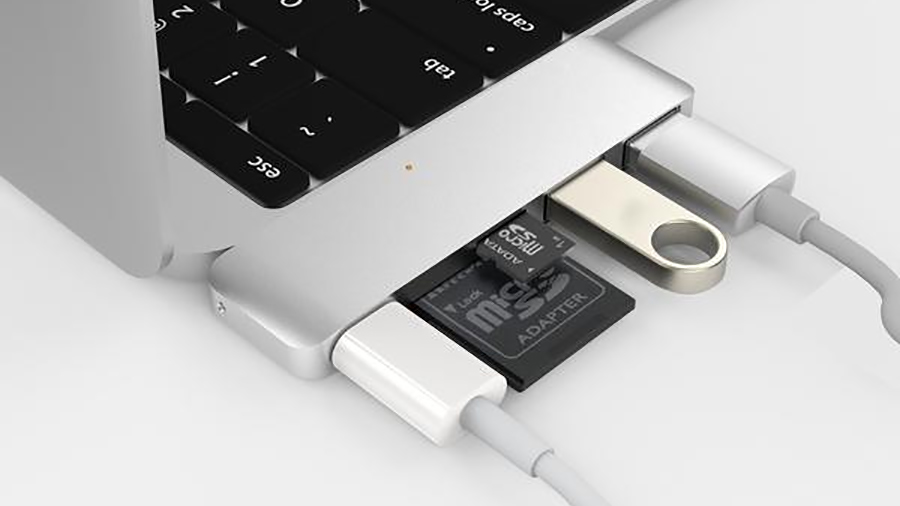
Just about any device carrying older USB tech can be made to work with a USB-C laptop or phone - the new standard is backwards compatible, with the right dongle.
General-purpose dongles are plentiful, letting you hook up pretty much any kind of connector currently in use with the new-look port that's taking over on gadgets.
Take the stylish-looking Arc Hub, for example - it features two USB-C ports, two USB 3.0 ports, one HDMI port, one Mini DisplayPort and an SD card reader. The HyperDrive Hub is another beast of an add-on, letting you plug memory cards, USB sticks and plenty of other peripherals into a USB-C MacBook.
If you need to plug headphones into USB-C on a phone or laptop, meanwhile, then you just need a simple adapter to get connected... or you could opt to go wireless.
What about Thunderbolt 3?
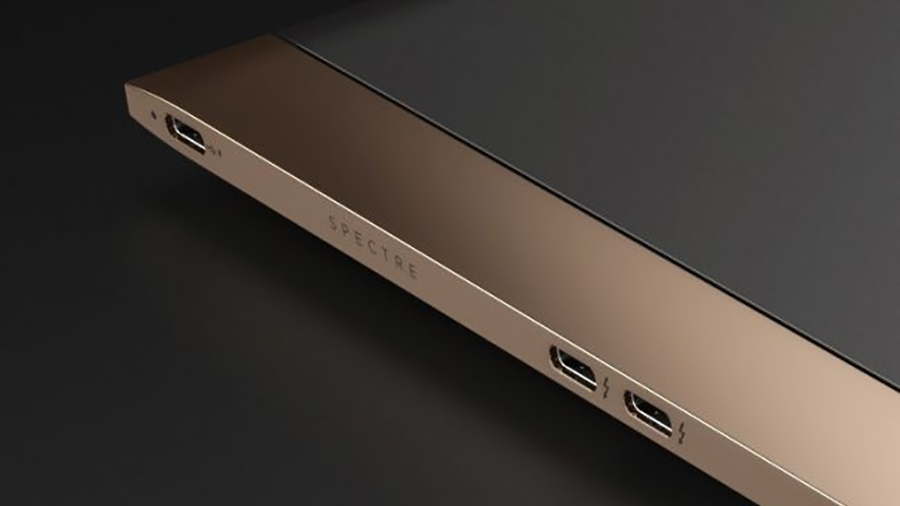
The Intel-developed Thunderbolt standard for connecting up peripherals recently hit its third incarnation, shifting from the Mini DisplayPort standard to USB-C at the same time.
That means all Thunderbolt 3 cables will work as USB-C cables, and vice versa (provided you're using a USB-C cable that's of a decent enough quality). However, while USB-C devices (like the HTC 10) plugged into a Thunderbolt 3 port will work as normal, it doesn't work the other way around.
Your Thunderbolt 3 devices should all work out of the box with USB-C phones and laptops, though an adapter is going to be required to hook up older Thunderbolt kit - again Apple has a dongle you can use (perhaps it's feeling guilty at going all-in on USB-C so quickly).
Whichever cables or adapters you go for, it's worth repeating that you should double-check the quality and compatibility before parting with your cash, through any specs lists and reviews you can find on the web.
It's unlikely that you'll run into problems but some of the cheaper and less well-made USB-C cables have the potential to harm your devices if you aren't careful.
Dave has over 20 years' experience in the tech journalism industry, covering hardware and software across mobile, computing, smart home, home entertainment, wearables, gaming and the web – you can find his writing online, in print, and even in the occasional scientific paper, across major tech titles like T3, TechRadar, Gizmodo and Wired. Outside of work, he enjoys long walks in the countryside, skiing down mountains, watching football matches (as long as his team is winning) and keeping up with the latest movies.
-
 12 Easter-inspired fragrances for men and women 2025, from Tom Ford, YSL, Mugler and more
12 Easter-inspired fragrances for men and women 2025, from Tom Ford, YSL, Mugler and moreFrom chocolate to apricots, here are T3’s top picks for Easter-inspired scents
By Bethan Girdler-Maslen Published
-
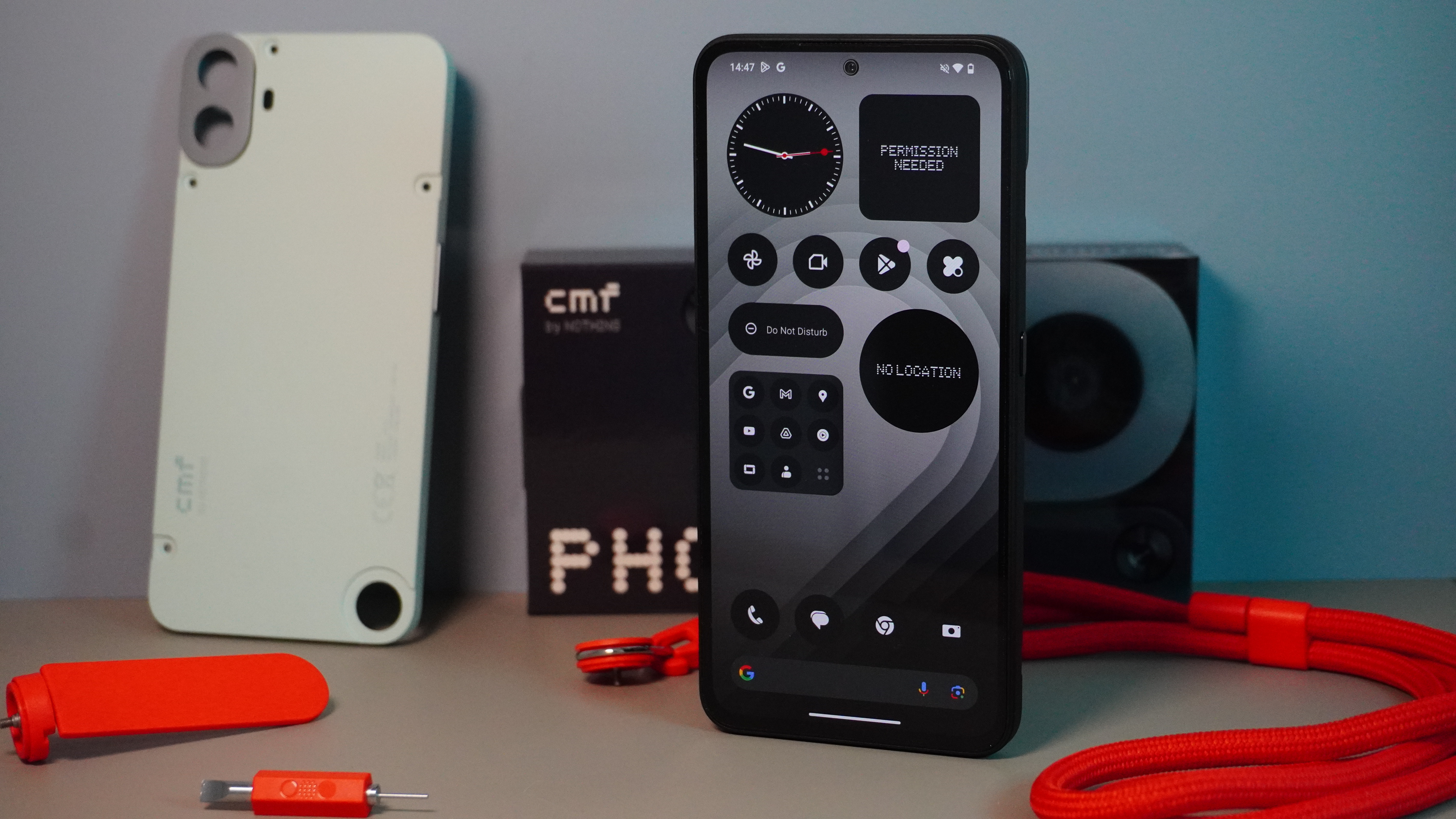 New Nothing phone does something iPhone and Samsung don't – but there's a catch
New Nothing phone does something iPhone and Samsung don't – but there's a catchYou have to live in a certain country to benefit
By Britta O'Boyle Published